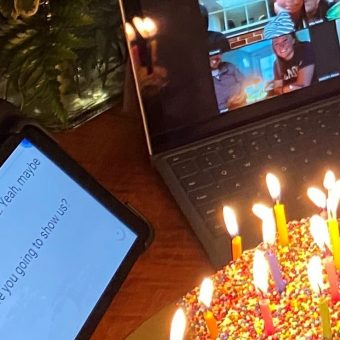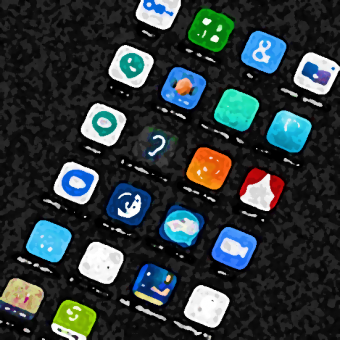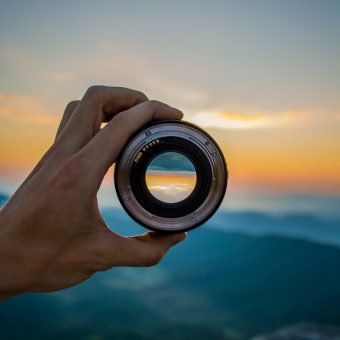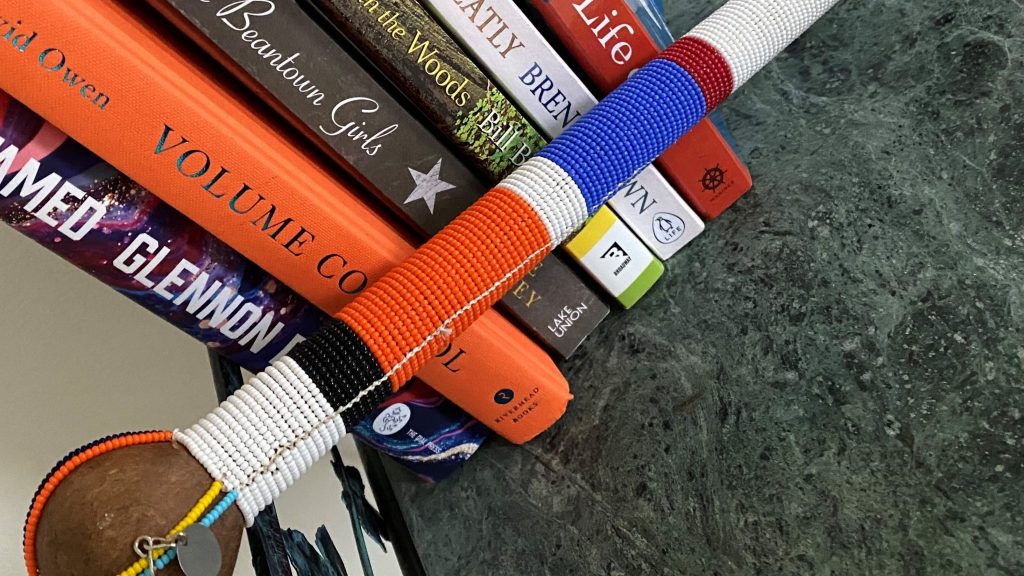Changing Mindsets: World Hearing Day 2024
Sunday, March 3 marks "World Hearing Day," an opportune moment to appreciate our access to hearing health services and to reflect on the global impact of hearing loss. This worldwide campaign, spearheaded by the World Health Organization (WHO), centers this year on changing mindsets. The WHO is dedicated to dismantling the barriers created by social [...]
what's your hearing loss story?
Over 5% of the world’s population are challenged by hearing loss, according to the World Health Organization. That’s 466 million people! Yet everyone’s hearing loss story is unique. There is wide variation in how loud words need to be and how well we understand words.
Obviously to hear better we first need to make sure things are loud enough. However, we need to go beyond that to consider background noise and clarity. Understanding speech in noisy situations is the biggest complaint of all. Our needs for amplification and for comprehending speech in noise are two separate issues (Killion, M., 1997). In fact, there are an estimated 26 million Americans considered to have “normal” hearing on a standard hearing test that still report hearing difficulty and trouble understanding speech in noise (Beck, D., 2018).
Click on topics below to learn more.
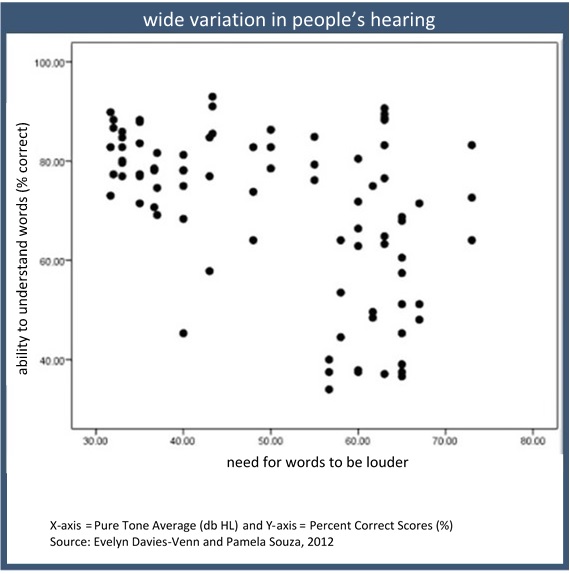
the 3 most challenging situations
If you’re struggling to hear even with hearing aids or other amplification, there’s a good chance you are in a noisy place, a place with lots of hard surfaces or far away from what you’re trying to hear. These settings require tools, strategy and perseverance.
noise
Noise is like smog that contaminates and covers over the sounds we’re trying to hear.

reverb

Reverberation is sound that bounces off hard surfaces like walls and ceilings before reaching our ears. First we hear the sound that travels directly to us. After that, the bounced sounds reach our ears at different times.

distance

Distance causes sound to disperse and lose its energy. Imagine the spray from a garden hose. The further away you are, the less water hits you and with less pressure. In a similar way, at a distance, less of a desired sound reaches you, which makes it harder to perceive.

signal-to-noise ratio

Many people need the speech they want to hear to be significantly louder than the noise around them. Doing so helps overcome the challenges of noise and reverb. This comparison of speech intensity to noise intensity is also known as a signal-to-noise ratio (SNR). The intensity of these sounds is measured in decibels (dB).
A speech-in-noise test (i.e. QuickSIN or HINT) measures the ability to hear in noise and should be included in any hearing tests to indicate your ability to understand speech in noise and whether additional technology like a remote microphone should be considered.
Some people need 10 – 20 dB of help in noise
People with moderate hearing loss may need an increased SNR of up to 10 dB. For people with severe-to-profound hearing loss, it can be 20 dB. (Killion and Niquette, 2000).
Many people with normal audiograms have “hidden hearing loss” and need increased SNR as well. Hidden hearing loss is damage to nerve cells that connect the inner ear hair cells to the brain. As a result, less information reaches the brain. This makes it harder for the brain to interpret the information correctly. Increased SNR helps alleviate this situation by decreasing the relative noise clutter the brain has to work through.
Hearing aids provide about 4-11 dB of help in noise
Hearing aids help tremendously in uncomplicated settings, so expectations run high, especially when you’ve invested a lot of money. Yet hearing aids work best within a range of about 5 feet. In addition, the beamforming directional microphones in hearing aids improve SNR by about 6 dB. As noted, some people need much more than that. The latest premium hearing aids also come with cutting edge AI, noise reduction programs and speech enhancement programs which offer 6 – 11 dB improvement. Yet, hearing aids alone are not enough for many people who struggle in noise. (Dillon, H., 2012). It may be difficult for hearing care professionals to disclose the shortcomings of hearing aids in noise. Remote microphones are an added expense that people cannot always afford. Unfortunately, customers who struggle in noise are likely to end up very dissatisfied without this information.
Remote mics provide 16-22 dB of help in noise
To improve your SNR, you should move to a quieter place or move closer to the source of the sound. When that’s not possible, you need more tools. By placing a microphone close to the sound source you want to hear and transmitting that sound directly from the microphone to your hearing aids, you receive a stronger, cleaner sound. This makes it easier to differentiate the sound you want to hear from the noise you don’t. Research shows that remote microphones improve SNR by 16 – 22 dB more than omnidirectional hearing aids. (Lewis, S. et al, 2004). People who use Bluetooth, FM or digital RF remote microphones do well. They show significant improvement understanding speech in noise compared to hearing aids alone or unaided (Rodemerk and Galster, 2016).
put the pieces together
prepare for the challenges
what do you need to hear better?
Click on topics below to learn more.
home alerts
- alarm clock
- baby crying
- doorbell
- emergency alerts
- fall risks, wandering
- fire/carbon monoxide
- hotel rooms
- oven timer
- phone ringing
- tea kettle
- water running
- weather alerts
face-to-face
- car rides
- doctor visits
- family and friends
- grandchildren
- hospital stays
- police stops
- restaurants
- work meetings
electronic audio devices
- airplane seat audio
- computers
- drive-throughs
- landline phone
- mobile phones
- music players
- radios
- smart speakers
- stethoscopes
- tablets
- televisions
public venues
- airports, buses, trains
- classrooms
- community meetings
- funerals
- jury duty/courtrooms
- live theater
- movies
- museums
- places of worship
- stadiums/arenas
own your story
“Owning our story can be hard but not nearly as difficult as spending our lives running from it. Embracing our vulnerabilities is risky but not nearly as dangerous as giving up on love and belonging and joy—the experiences that make us the most vulnerable. Only when we are brave enough to explore the darkness will we discover the infinite power of our light.” ― Brené Brown
perspectives from our community
Read Liz’s story here about ototoxic drugs, cochlear implants and the importance of peer support and humor.
Read Neal’s story here about how cochlear implants dramatically improved his quality of life.
five things the very best hearing care professionals do:
-
validate your priorities
A top-quality professional will take the time to review your lifestyle with you. A test like the Client Oriented Scale of Improvement (COSI) prioritizes your specific needs. It is a before and after comparison to ensure any solution being provided actually does improve the parts of your life that you care about the most.
-
test your ability to understand speech in noise
A test like Quick Speech in Noise (QuickSIN) measures your ability to understand speech in noise, a factor that a pure-tone hearing test does not show. Understanding how much you struggle to understand speech in background noise is vitally important when considering hearing solutions. You may need additional technology such as a remote microphone.
-
fine tune a hearing aid to your ear canal
Everyone’s ear canal is different and hearing aids come with generic settings that may not meet your needs. A Real-Ear Measurement (REM) verifies that a hearing aid is producing the correct amount of sound in various frequencies when it is in your ear. The test involves placing a tiny microphone in your ear canal, inserting the hearing aid, and then sitting quietly as sounds are played. The tiny microphone measures the sound pressure level within your ear canal so the hearing aid can be programmed to amplify different frequencies accurately. The hearing care professional makes adjustments until all results are within the correct range.
-
introduce you to hearing assistive technologies
Hearing assistive technologies (HAT) help you hear better in noise, on the phone, with your TV, at a theater. They help you hear your doorbell, a smoke alarm, etc. You should be told about these additional options because hearing aids alone are not always enough.
-
show you how to clean and maintain your hearing devices
It’s important to maintain hearing aids with regular care and cleaning. Find out how to do this and where to find supplies. Learn more about hearing aid maintenance.
form a book group that accommodates hearing loss
Book groups are great for so many reasons. They help you avoid isolation, form friendships and keep your mind stimulated. Even better is a book group with hearing accommodations. This is a wonderful way to connect with others in a fun way. In addition, you get support for your needs. People know what it's like [...]

